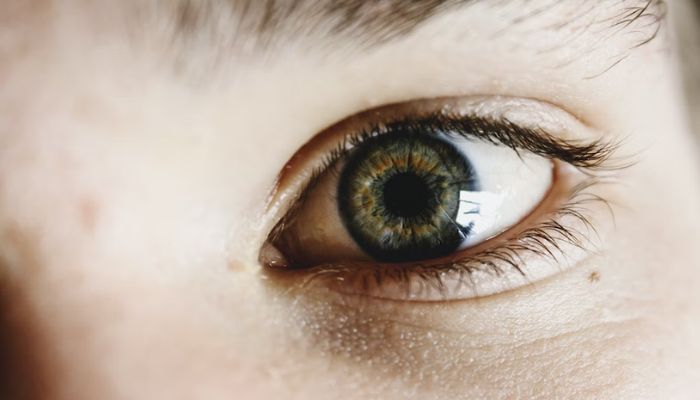[ad_1]
Researchers and scientists at University College London’s Great Ormond Street Institute of Child Health (UCL GOS ICH) have developed a pair of human eyes to study and understand a rare genetic disorder called Usher syndrome.
Usher syndrome causes the slow development of blindness and scientists at UCLA wanted to study the progression of the disorder. It is impossible to do this in actual humans. They report that they have been able to grow miniature eyes in the laboratory from stem cells.
The three-dimensional ‘little eyes’ called organelles were created using skin samples donated by some patients at Great Ormond Street Hospital for Children (GOSH).
Usher syndrome is present in children at birth. Children with this disorder are usually deaf. However, blindness develops gradually in adulthood and there is no cure for the condition. One of the main reasons why scientists cannot find a cure is that it is almost impossible to study the core of the problem.
Normally, light-detecting rod cells are located in the back of the eye within the retina. These rods process images for the brain. In the latest study, experts were able to grow these rod cells in the miniature eye. “The rod cells organized themselves into layers that mimicked how they are organized in the retina.”
Previous efforts to create a miniature eye model in the lab failed because the scientists used animal cells. Similar loss of vision was not observed in those small eyes as seen in Usher syndrome.
While it is a rare genetic condition, Usher syndrome is the most common cause of deafness and blindness, affecting 100,000 people worldwide. Children with type 1 are born deaf and lose their sight over time by the time they reach adulthood. The rest have the ability to hear, but their eyesight eventually deteriorates.
While hearing loss is easier to control with hearing aids and cochlear implants, retinitis pigmentosa, a cause of vision loss, has no cure. The researchers’ new work opens doors for deeper analysis and a better understanding of the genetic disorder.
Ultimately, a stronger understanding could lead to the design of treatments that can help people protect their vision.
With these tiny eyes, scientists will be able to closely observe the light-sensitive cells in the human eye. Such a detailed analysis of the human eye at an individual level has never been done before.
For example, the study authors published in Stem Cell Reports found that Müller cells may have a role to play in the development of Usher syndromes. They are the cells responsible for the structural support and metabolism of the retina.
Interestingly, the miniature eyes the scientists developed in the lab were grown using cells donated by both patients with a genetic defect and those with healthy eyes. This helped them compare the two and understand precisely where the syndrome was coming from.
“It is difficult to study the tiny neurons of a patient’s inaccessible retina because they are so intricately connected and precisely localized in the back of the eye. Using a small skin biopsy, we now have the technique to reprogram the cells into stem cells and then create a laboratory retina with the same DNA, thus the same genetic conditions, as our patients,” said first study author Dr Yeh. Chuan Leung in a press release.
[ad_2]
Source link

